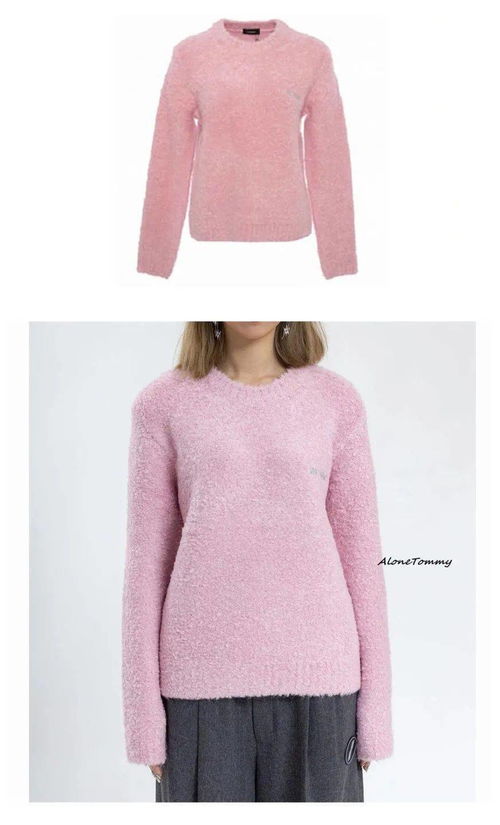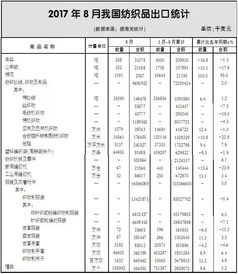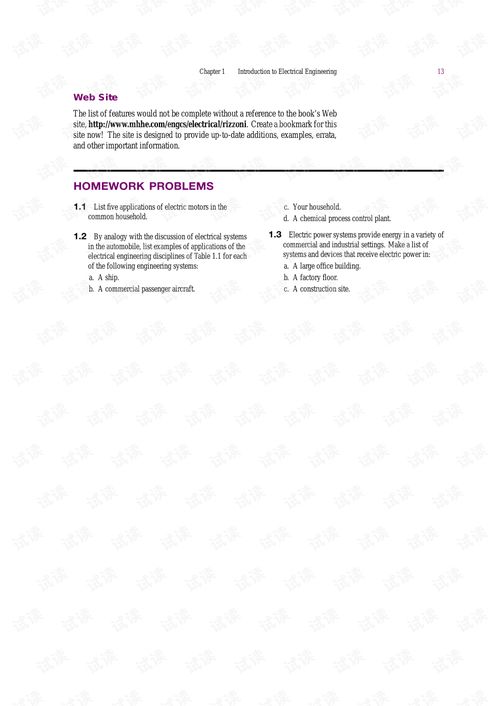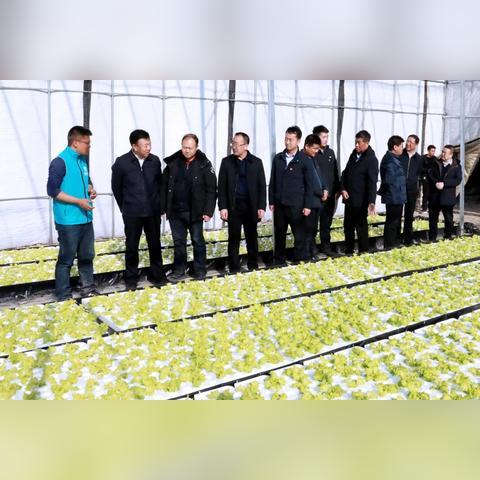The Duties and Responsibilities of a Textile Designer
Textile designers play a crucial role in the production process of textiles. They are responsible for creating designs that meet the needs and expectations of customers while also ensuring that the products are produced efficiently and cost-effectively. Textile designers must possess a strong understanding of textile materials, patterns, colors, and techniques to create innovative designs that appeal to consumers. Additionally, they need to be able to communicate their ideas effectively to other members of the design team, including pattern makers, weavers, and dyers. In addition to their technical skills, textile designers must have excellent problem-solving abilities and be able to work well under pressure. Finally, they must be committed to continuous learning and staying up-to-date with the latest trends and technologies in the industry.
Introduction: In the world of textile design, there are many different roles that contribute to the success of a product. However, one role that stands out is the textile designer. This individual is responsible for creating designs that meet the needs of the end-users while also ensuring that the product is aesthetically pleasing and functional. In this article, we will explore the duties and responsibilities of a textile designer and provide an example of how they can be applied in practice.
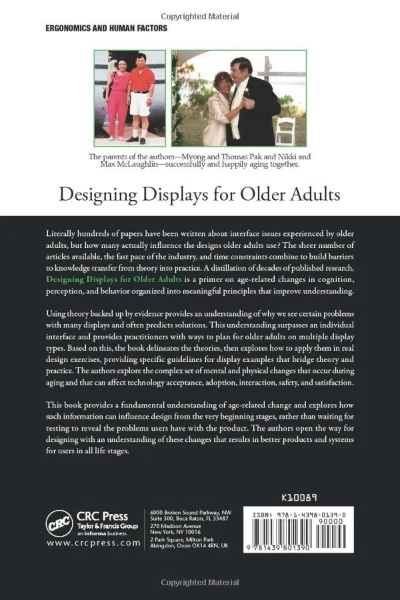
Duties and Responsibilities of a Textile Designer:
-
Conceptualization: The first duty of a textile designer is to develop a conceptual framework for the product. This involves researching current trends, analyzing market demand, and identifying potential design elements that can be incorporated into the final product.
-
Research and Development: After developing the conceptual framework, the textile designer must conduct thorough research on the materials available for use in the project. They should also work closely with other designers and engineers to develop a detailed design plan that includes color palettes, patterns, and textures.
-
Material Selection: Once the design plan is complete, the textile designer must select the appropriate materials based on the desired finish, durability, and functionality. They should also consider the availability of raw materials and their cost implications.
-
Pattern and Detail Design: The next step in the design process is pattern and detail design. This involves creating precise drawings and sketches that show the placement of threads, warps, and other elements of the fabric. The textile designer must ensure that these details are accurate and consistent throughout the entire product.
-
Production Planning: Once the design is complete, the textile designer must work with production planners to determine the best way to manufacture the product. This may involve selecting the appropriate machine settings, determining the required thread count, and planning the overall production schedule.
-
Quality Control: During the manufacturing process, the textile designer must oversee the quality control of the finished product. This involves inspecting the stitching, color consistency, and overall fit of the garment. If any issues are identified, the textile designer must work with production personnel to correct them promptly.
-
Marketing and Promotion: Finally, the textile designer must work with marketing and sales teams to promote the product and generate interest in it among potential customers. This may involve creating promotional materials such as brochures, flyers, and online ads.
Example: Let's take a look at a real-world example of how a textile designer fulfills their duties and responsibilities. Imagine that you have been hired by a fashion brand to design a new collection of women's clothing. Your primary responsibility would be to create a conceptual framework for the collection that meets the brand's aesthetic goals and customer expectations. You would need to research current trends, analyze market demand, and identify potential design elements that can be incorporated into the final product.
Once you have developed a conceptual framework, you would need to conduct thorough research on the materials available for use in the project. You would work closely with other designers and engineers to develop a detailed design plan that includes color palettes, patterns, and textures. You would also need to select the appropriate materials based on the desired finish, durability, and functionality.
After completing your research and development phase, you would need to select the appropriate materials based on the desired finish, durability, and functionality. You would also need to consider the availability of raw materials and their cost implications.
Once the design plan is complete, you would need to create precise drawings and sketches that show the placement of threads, warps, and other elements of the fabric. You would need to ensure that these details are accurate and consistent throughout the entire product.
After completing your production planning phase, you would need to work with production planners to determine the best way to manufacture the product. This may involve selecting the appropriate machine settings, determining the required thread count, and planning the overall production schedule.
During the manufacturing process, you would need to oversee the quality control of the finished product. This would involve inspecting the stitching, color consistency, and overall fit of the garment. If any issues were identified, you would need to work with production personnel to correct them promptly.
Finally, you would need to work with marketing and sales teams to promote the product and generate interest in it among potential customers. This would involve creating promotional materials such as brochures, flyers, and online ads.
Conclusion: In conclusion, a textile designer plays a crucial role in the creation of high-quality textile products. Their duties include conceptualization, research and development, material selection, pattern and detail design, production planning, quality control, and marketing and promotion. By following these steps, textile designers can create products that meet the needs of both consumers and businesses alike.
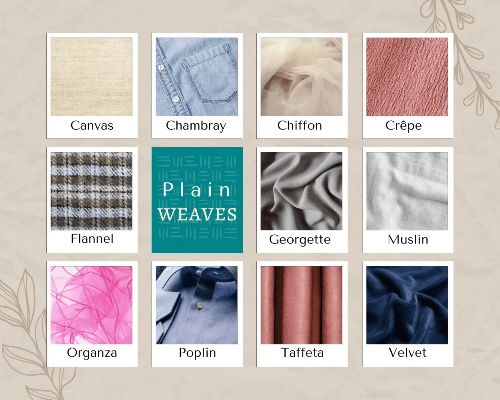
纺织品设计岗位职责概述
纺织品设计岗位是负责纺织品产品从概念到成品的全过程设计,确保产品符合市场需求,提升品牌形象和用户体验,该岗位的主要职责包括但不限于以下几个方面:
- 负责纺织品产品的市场调研与分析,了解行业趋势和消费者需求。
- 设计符合市场需求的产品方案,包括面料、款式、色彩、图案等。
- 参与产品设计方案的评审和优化,确保设计方案的科学性和实用性。
- 负责纺织品生产工艺的规划与优化,确保产品质量的稳定性和一致性。
- 与生产部门紧密合作,确保设计方案能够顺利转化为实际生产。
岗位职责具体内容
市场调研与分析
(1)收集行业资讯,了解国内外纺织品市场动态。 (2)分析消费者需求,了解消费者对纺织品产品的偏好和期望。 (3)定期进行市场调研,收集用户反馈,不断优化产品设计。
产品方案设计
(1)根据市场调研和分析结果,设计符合市场需求的产品方案。 (2)考虑面料、款式、色彩、图案等要素,确保设计方案具有创新性、实用性和美观性。 (3)与生产部门紧密合作,确保设计方案能够满足生产要求。
优化设计方案
(1)对设计方案进行评审和优化,确保设计方案的科学性和实用性。 (2)根据反馈意见进行调整和改进,提高设计方案的质量和效果。
生产工艺规划与优化
(1)根据产品方案,规划纺织品生产工艺流程。 (2)优化生产工艺流程,提高生产效率和质量稳定性。 (3)与生产部门密切合作,确保生产过程中的质量控制和环保要求得到满足。
案例说明
以某知名纺织品品牌为例,其纺织品设计岗位的具体职责如下:
- 负责市场调研与分析,了解国内外纺织品市场动态和消费者需求,通过对目标市场的深入研究和分析,发现消费者对高品质、时尚、环保的纺织品产品的需求日益增长。
- 设计符合市场需求的产品方案,包括面料材质、款式设计、色彩搭配和图案选择等,该品牌注重面料材质的选择和舒适度,同时注重款式设计的时尚感和个性化表达,在色彩搭配上,该品牌注重与目标市场的文化和审美习惯相符合,同时注重色彩的搭配和对比度,以营造出独特的视觉效果,在图案选择上,该品牌注重图案的创意性和艺术性,同时注重图案与面料材质的融合度,以提升产品的整体美感。
- 与生产部门紧密合作,确保设计方案能够顺利转化为实际生产,该品牌与多家纺织生产企业建立了合作关系,通过与生产部门的紧密合作,确保设计方案能够得到快速转化并满足生产要求,该品牌还注重与供应商的合作和协调,以确保原材料的质量和供应稳定性。
英文表格补充说明
以下是英文版本的岗位职责表格:
纺织品设计岗位职责英文表格
| 岗位名称 | 主要职责 | 示例说明 | |
|---|---|---|---|
| Textile Design Job Responsibilities | 负责纺织品产品的市场调研与分析,确保产品符合市场需求;负责产品设计方案的制定与优化;负责纺织品生产工艺的规划与优化 | 负责市场动态分析;设计符合市场需求的产品方案;优化设计方案;规划生产工艺流程 | 示例:负责某知名纺织品品牌的市场调研与分析工作,发现消费者对高品质、时尚、环保的纺织品产品的需求日益增长 |
| Responsibilities | 与生产部门紧密合作 | 与多家纺织生产企业建立合作关系;确保设计方案能够得到快速转化并满足生产要求;注重与供应商的合作和协调 | 与多家纺织生产企业紧密合作案例 |
| Example: Market Research and Analysis Report | 市场调研与分析报告示例 | 该报告收集了国内外纺织品市场动态和消费者需求分析结果;分析了消费者对纺织品产品的偏好和期望;定期进行市场调研并收集用户反馈等 | 以某知名纺织品品牌的市场调研与分析报告为例 |
| Product Design Plan | 产品方案示例 | 设计符合市场需求的产品方案;考虑面料材质、款式设计、色彩搭配和图案选择等要素;注重产品创新性和实用性等 | 设计符合市场需求的产品方案示例 |
| Example: Product Design Plan Overview | 产品方案概述 | 该方案注重面料材质的选择和舒适度;款式设计时尚感和个性化表达;色彩搭配与目标市场的文化和审美习惯相符合;图案选择创意性和艺术性等 | 以某知名纺织品品牌的产品方案概述为例 |
| Production Planning and Optimization | 生产流程规划与优化示例 | 根据产品方案规划纺织品生产工艺流程;优化生产工艺流程;注重生产效率和质量稳定性等 | 与多家纺织生产企业紧密合作并确保生产过程中的质量控制和环保要求得到满足的案例示例 |
Articles related to the knowledge points of this article:
The Story of Textile Merchandising at 纺芳坊纺织品
Preventing Textile Dyeing Issues with Strategies and Case Studies
International Textile Packaging Design:Strategies and Case Studies
